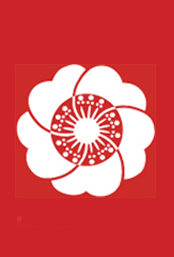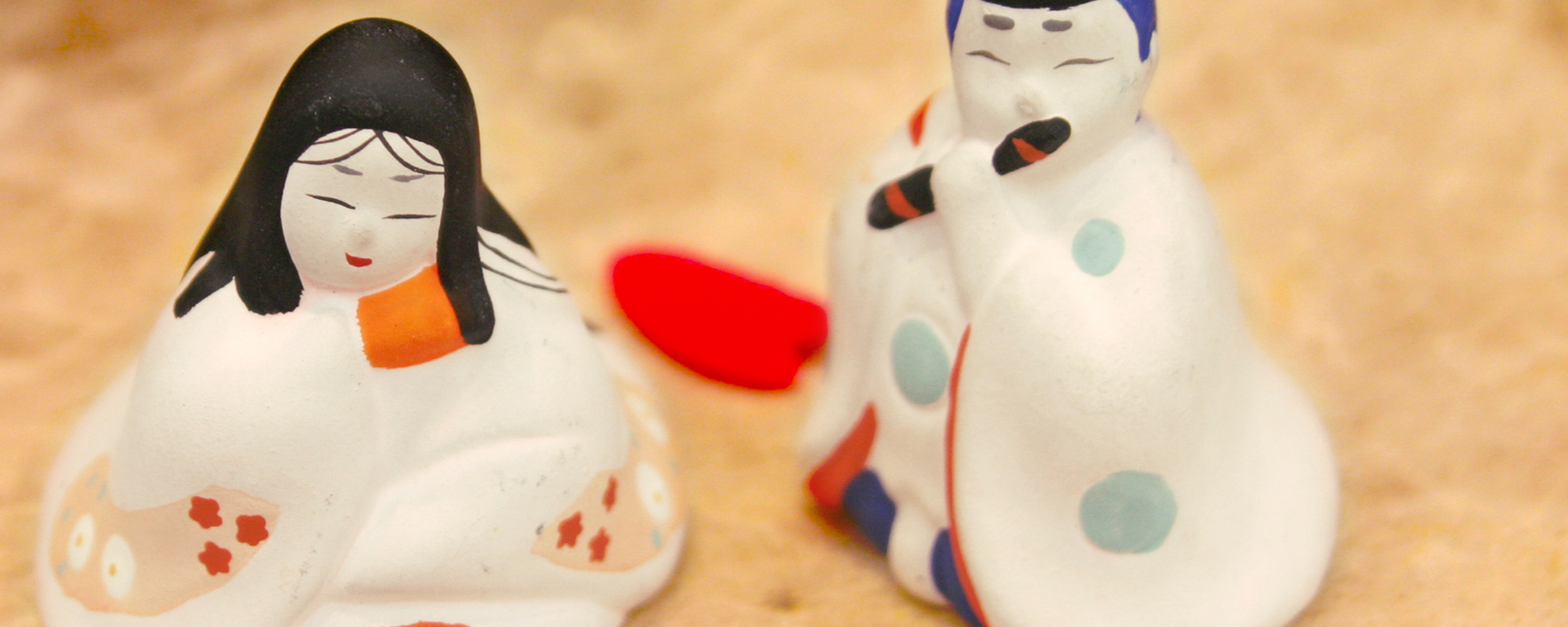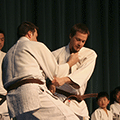Kimono and Yukata Dress-Up
Japanese people wear Western-style clothes for every day use, but still dress in kimono for special occasions, and the lighter, summer kimono, yukata, for summer festivals. Come and try on a yukata or kimono at this booth. They are not as easy to wear as Western clothes, but we will help you! Proper dressing requires assistance, even in Japan. Experienced volunteers of the Seattle-Kobe Sister City Association will help you dress up, and for a small donation, take a photo as a keepsake of the Seattle Cherry Blossom & Japanese Cultural Festival.
Traditional Toys
According to Mr. Inoue of Japan Toy Museum, “Toys and dolls are made in every region of Japan from readily accessible materials, paper, wood, bamboo, and clay being the most used. All of these toys were lovingly created with thoughts of health and happiness for the child who would receive it. Today children no longer play with toys that were lovingly made by hand.” Spend some time to play with these toys and watch kids of all ages enjoy themselves.Go
At 4,000 years of age, Go is the oldest board game in the world. Yet it feels new in the West, where it was introduced by Japanese immigrants only 100 years ago. Its basic ideas are so simple and understandable that beginners can start playing in 5 minutes. Yet its subtleties are so deeply hidden that professionals (about 400 in Japan and another hundred elsewhere) spend a lifetime of intense study without mastering it completely.The American Go Association now has nearly 2,000 members, and about a dozen resident professional players. In 1995, the Seattle Go Center (Nihon Kiin Go Institute of the West) was founded with the sponsorship of a fund created by a leading player of the 30s and 40s, Kaoru Iwamoto (9 dan). The center is dedicated to teaching Go to all, following Mr. Iwamoto's intention in funding Go Centers around the world in the belief that promoting Go will promote peace.




